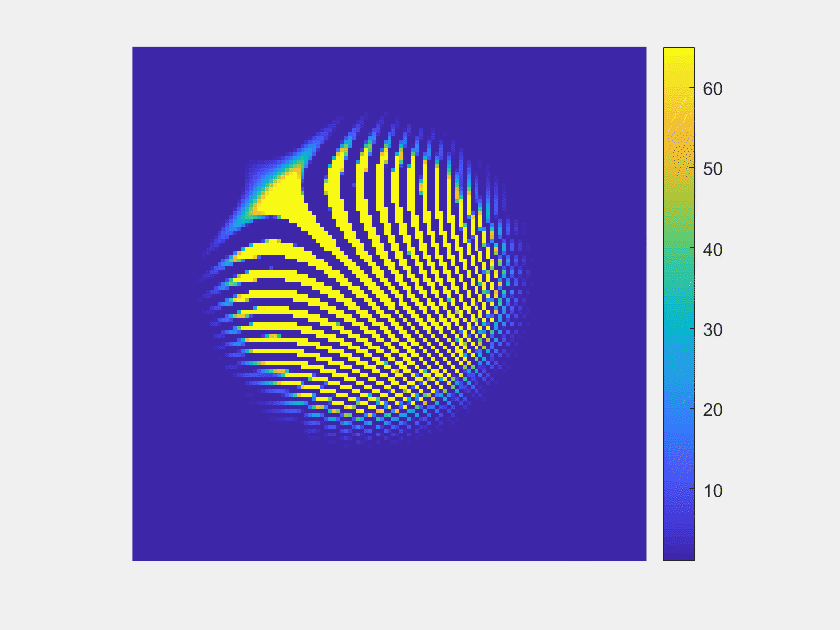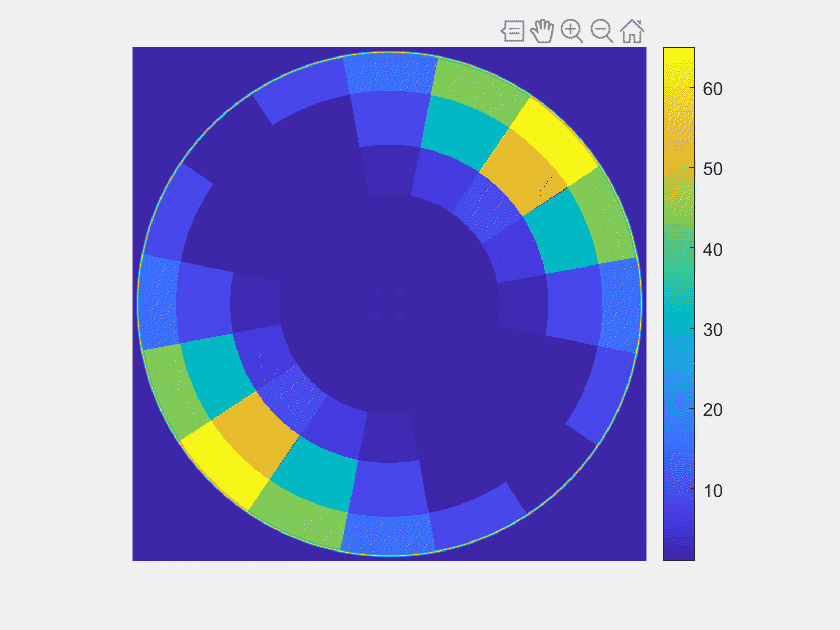Research
- Algorithm Unrolling: Interpretable, Efficient Deep Learning for Signal and Image Processing [pdf] (09.2020 – 06.2022), supervised by Prof. Vishal Monga (Penn State University, USA), Yuelong Li (Amazon Lab 126) and Prof. Yonina C Eldar (IEEE Fellow, Weizmann Institute of Science, Israel)
- Future development and practical deployment of deep neural networks is hindered by their blackbox nature, i.e., lack of interpretability, and by the need for large training sets. To eliminate these issues, deep unrolled networks are proposed by providing a concrete and systematic connection between iterative algorithms and deep neural networks. Deep unrolled networks have attracted enormous attention in computational imaging (e.g., blind image deblurring) and speech processing (e.g., speech enhancement and separation) by means of their efficient, high-performance and yet interpretable network architectures from reasonable size training sets

- However, convergence properties of the underlying iterative algorithm are lost once layer specific parameters are learned from training data. To address this issue, we propose a deep, convergent unrolled network for non-blind image deconvolution by developing a new parametrization scheme. [pdf]

- Deep Scatterng Network with Fractional Wavelet Transform [pdf] (09.2018 – 09.2020), supervised by Prof. Jun Shi, Prof. Wei Xiang (La Trobe University, Australia) and Prof. Vishal Monga (Penn State University, USA).
- A central task in machine learning is feature extraction and feature representation is required to be invariant, stable, and informative. To meet these basic requirements, Prof. Stephane Mallat (IEEE Fellow) proposed deep scattering networks (DSNs) by cascading wavelet filters and modulus nonlinearities in each network layer. However, DSNs work well for stationary signals but not for non-stationary ones.
 2-D Gabor atom 2-D Gabor atom |  Fourier transform Fourier transform |  Scattering transform Scattering transform |
 2-D Chirp atom 2-D Chirp atom |  Fourier transform Fourier transform |  Scattering transform Scattering transform |
- To overcome this drawback, we propose fractional scattering convolution network (FrScatNet) by using fractional wavelet transform (FRWT). Currently, FrScatNet has been applied into image classification with non-stationary textures. Besides, its extended structure (stockwell scattering network) has been applied in the area of image change detection [pdf].



 2-D Gabor atom
2-D Gabor atom  Fourier transform
Fourier transform  Scattering transform
Scattering transform 2-D Chirp atom
2-D Chirp atom Fourier transform
Fourier transform  Scattering transform
Scattering transform
